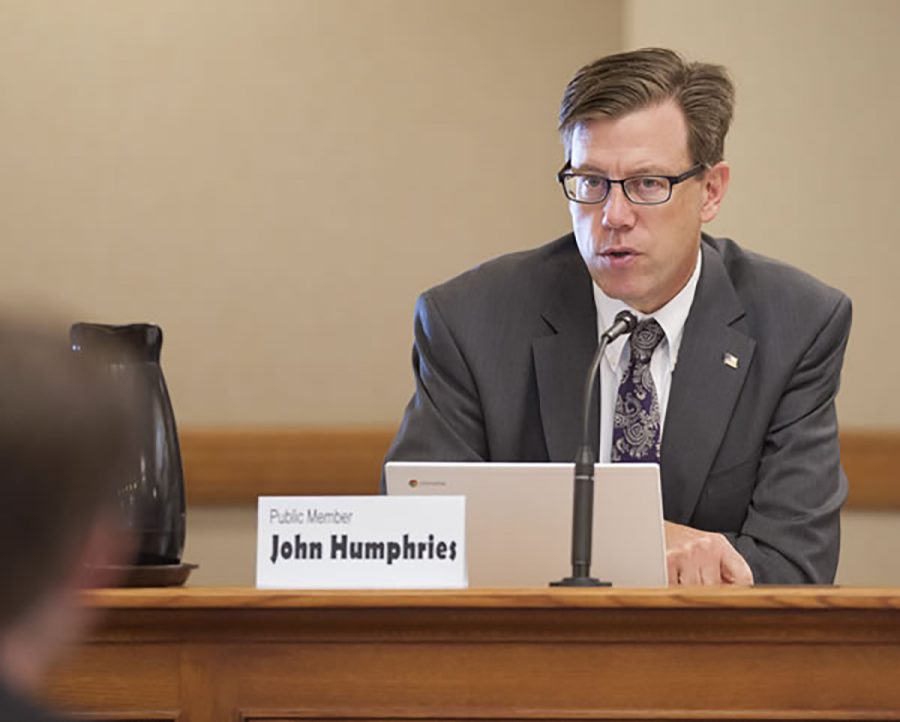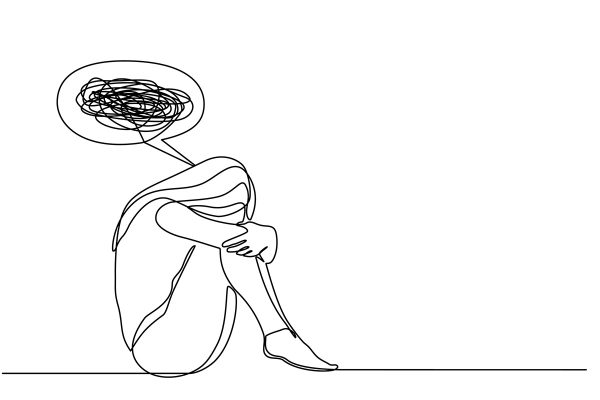Wisconsin state superintendent candidate proposes an overdue change to the report card system
A way to improve a major issue with the state’s education system
More stories from Sydney Purpora
Photo by SUBMITTED
State superintendent candidate John Humphries plans to change Wisconsin’s educational process of creating report cards for schools if elected in the Feb. 21 race.
Growing up as a Wisconsin native and going through the state’s school system, outside of classes, my most vivid memory was that of standardized testing.
These tests were required by all students at a variety of grade levels so the state could compile a lump of data to categorize and monitor each school’s academic achievements as a whole, and boy were they frustrating.
Luckily, according to an article from the Leader Telegram, state superintendent candidate for the Feb. 21 election, John Humphries, looks to change this irritating system.
The article states that Humphries plans “to change the measurement for how students are determined to be proficient on state tests, use letter grades for schools, track students on pace to close achievement gaps and focus high school reports on graduation rates.”
It might seem as though this change is minute, but it is something that needs to be done. The current system for report cards measuring student and school district performance does not adequately represent the academic level or achievements of either.
According to the Wisconsin Department of Public Instruction (WDPL) website, school report cards focus on four areas: student achievement, student growth, closing gaps and on-track and postsecondary readiness.
Breaking down the first two areas of indication by WDPL standards, student achievement data is collected by students’ “performance on the WKCE and WAA-SwD in reading and mathematics” and in conjunction, student growth is measured by students’ “improvement over time on the WKCE in reading and mathematics” according to the website.
I cannot speak for everyone who grew up in Wisconsin, but I remember as a child going through the schooling system and having to take these state tests. They were time consuming, often not calibrated correctly to each student’s current comprehension level and if I did poorly on them it gave me the feeling of remorse and caused me to think I would amount to nothing.
Humphries’ first point: altering the measurement of students’ proficiency on these tests, is a huge step in the right direction. My experience with state testing did not ultimately determine or truthfully exemplify my academic achievement and growth through the education system.
His next point addresses the overall grading of the school itself, changing the system to using letter grades to represent each school. This change will make it easier to understand the school’s total academic average in comparison to other schools, as it will use a similar system as individual report cards for students.
The last two changes planned by Humphries will make much needed improvements the current attempt to close the achievement gap and redirect the focus of high school report cards on graduation rates.
In fact, Wisconsin would not be the only state to have a more focused school report card system. According to the Minnesota Department of Education website, there are about 13 areas they take into account when creating a report card for each school. Some of these more specific areas include: demographics, academic standards and graduation rates.
Increasing the number and variety of factors taken into account when calculating report cards and assuring the highest ranked method of obtaining comparable data will only better the education system in the state of Wisconsin.
This proposal will only scratch the surface of the issues with the Wisconsin education system and more can always be done to boost it. We all need to educate ourselves on the system to understand where the problems lie and where there is room for improvement to assure we educate students in the best way possible.










